- HOME
- ABOUT
- RESEARCH
- INSIGHTS & HAPPENINGS
- JOIN US
- CONTACT US
-

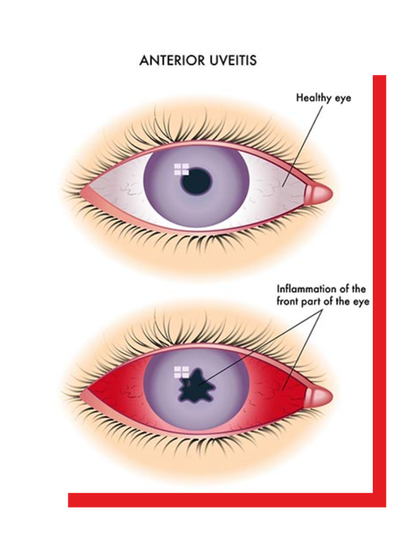
Eye inflammation is common and can occur at any age. The duration and severity of the inflammation and treatment will depend on the underlying disease, disorder or condition.
Most cases of eye inflammation are treatable. However, in rare cases, a serious condition that threatens vision may occur. Early detection is crucial therefore, if you experience any signs or symptoms of eye inflammation, it is important to see a doctor or eye specialist as soon as possible.
Eye inflammation symptoms may come on gradually or suddenly. The symptoms of eye inflammation differ depending on which portion of the eye is afflicted.
Scleritis causes symptoms such as discomfort, redness, and watery eyes. Symptoms of anterior uveitis include redness, discomfort, watering, photophobia, and elevated ocular pressure. Vision may or may not be affected by the disease.
Symptoms of intermediate uveitis include bubbles and blurred vision. Patients suffering from posterior uveitis will most likely have the hazy vision.
Patients with panuveitis will most likely exhibit all the symptoms listed above. Symptoms can appear suddenly and worsen quickly, while they can develop gradually in rare circumstances. They can impair either one or both eyes. There are times when there are no symptoms and evidence of uveitis is discovered during a normal eye checkup.
Ocular inflammation can be caused by an underlying infection or an imbalance in the immune system. In some cases, it may be part of a systemic disease process that affects other parts of the body. The causes can include infection, injury and autoimmune or inflammatory diseases. However, even after thorough investigations, the exact cause of ocular inflammation may remain unidentified. Each case of ocular inflammation is often associated with multiple diagnoses.
Eye inflammation, if left untreated, can cause blindness. If you have eye redness, irritation, or pain, you should consult your doctor straight once. Treatments can often help recover lost vision. They can also reduce inflammation and pain while preventing further tissue injury. If uveitis was caused by a medical issue, treating that ailment should help reduce eye inflammation. Some types of uveitis take a long time to resolve. Some come back after treatment. Depending on the disease type, treatments include:
These medications treat uveitis caused by an infection.
Dilating (widening) the pupils with eye drops can reduce pain and swelling. Eye drops can also keep the iris and lens from sticking together, a complication that can occur with anterior uveitis. Your healthcare provider may also prescribe eye drops to relieve pressure in the eye (ocular hypertension).
Medications that contain corticosteroids (steroids) alleviate eye inflammation. These medications come in many forms drops, ointments, oral pills, injections inside or around the eye, intravenous (IV) infusions, or a capsule that your eye healthcare provider surgically implants inside the eye.
These medications calm the immune system’s response to autoimmune disease or system-wide inflammation. Your provider may prescribe these drugs if uveitis affects both eyes, doesn’t respond to steroids, or threatens your vision. You may take the medication orally as a pill, as an injection, or through an IV infusion into a vein.
CelltiX is a type of extracellular vesicle from Umbilical Cord-Derived Mesenchymal Stem Cells (MSCs) manufactured in a cGMP-compliant facility.
It is a novel form of a major paracrine factor released by MSCs into a culture medium, which plays an important role in a wide range of biological processes.
CelltiMax is a product derived from human umbilical cord-derived Mesenchymal Stem Cells (MSCs). The cells are cultured, then administered to the patient via intramuscular or intravenous injection. They have the ability to differentiate into specialized cells with specific functions for various parts of the body, and can reduce inflammation, repair, renew, regenerate, and replace damaged cells.
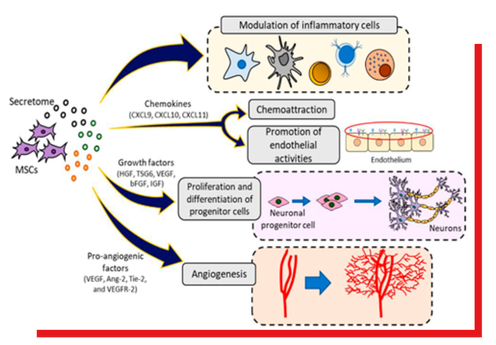
Definition
Stem cells are unspecialized cells of the human body.
Extracellular vesicles, which is the medical term for tiny bubbles that are released from stem cells.
Function
Unique, can become any type of cell, and they act as both building blocks and repair mechanisms in your body.
Carry genetic information and proteins to cells throughout your body, and they create paths for communication between cells.
Origins
Donor stem cells are placed in your body and are guided into becoming specific cells in the body to replace and repair diseased cells.
Exosomes are extracted from donated human mesenchymal stem cells (MSCs) and sterilized.
Growth Factors
Less amount of growth factors compared to exosomes.
Exosomes contain nearly three times the amount of growth factors. More growth factors mean a better ability to restore and revitalize target cells.
Administration
If you feel we might be able to offer meaningful improvement to both your condition and your quality of life, then please reach out to schedule a free consultation with one of our in-house clinical experts. We offer consultations in both Malay and English.





Review your medical history & recent evaluations
Explore what your treatment package might look like
Answer any questions you have about us
Answer any questions you have about the therapies
Discuss practical next steps,
if you feel we can effectively treat you
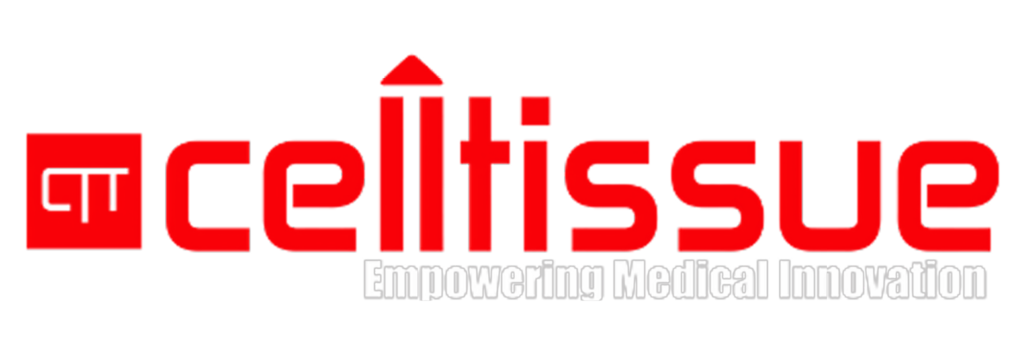
Founded in 2010, Cell Tissue Group is a pioneering Malaysian medical technology company and a spin-off from the National University of Malaysia (UKM). As Malaysia’s first Tissue Engineering firm, Cell Tissue Group operates within a certified GMP Lab, ensuring the highest standards of medical research and product development, particularly in Tissue Engineering and Regenerative Medicine.


Founded in 2010, Cell Tissue Group is a pioneering Malaysian medical technology company and a spin-off from the National University of Malaysia (UKM). As Malaysia’s first Tissue Engineering firm, Cell Tissue Group operates within a certified cGMP laboratory, ensuring the highest standards of medical research and product development, particularly in Tissue Engineering and Regenerative Medicine.
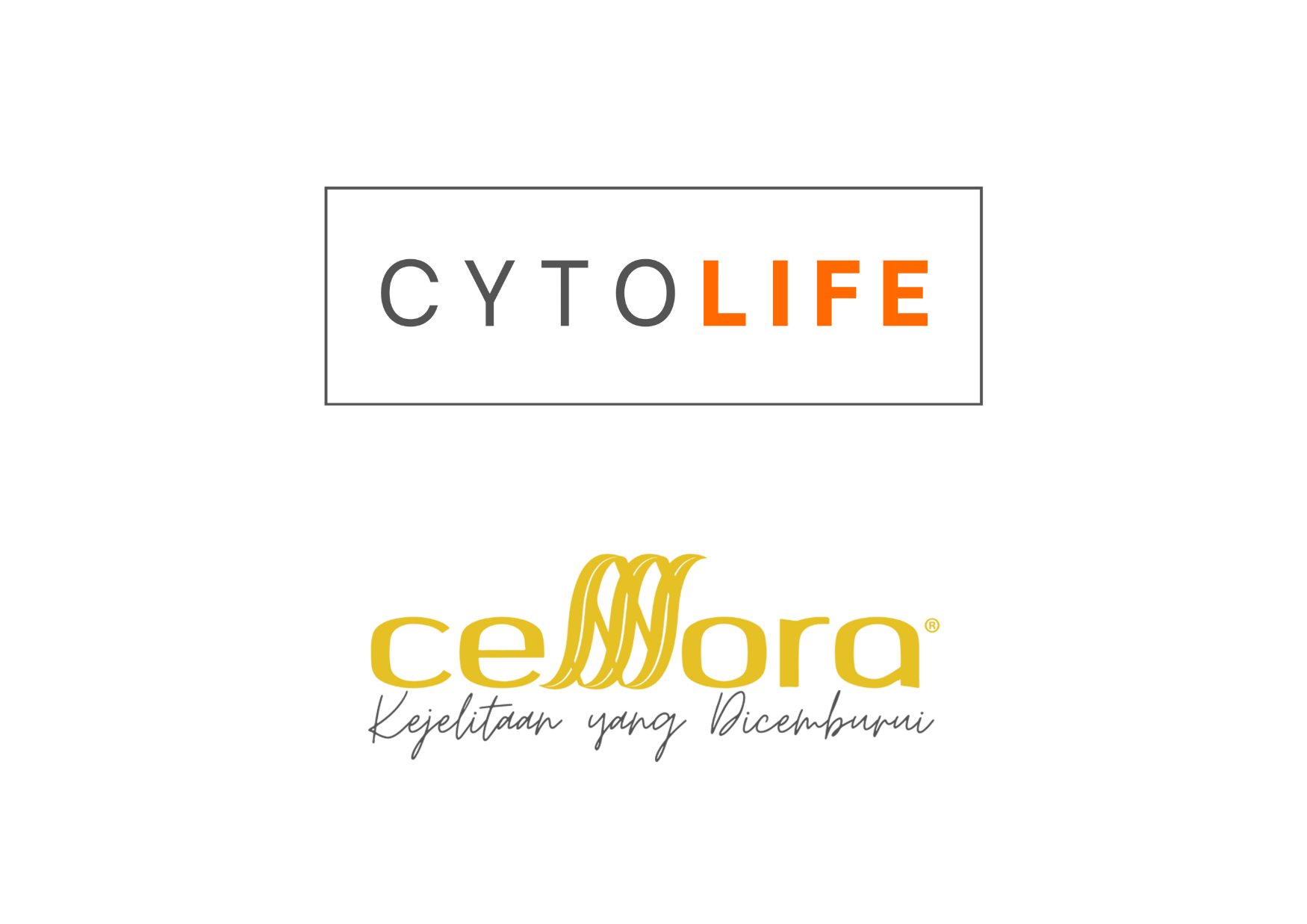

Proudly powered by CTG © 2010-2025 Cell Tissue Group, a Universiti Kebangsaan Malaysia Spin-Off Company. – All Rights Reserved.